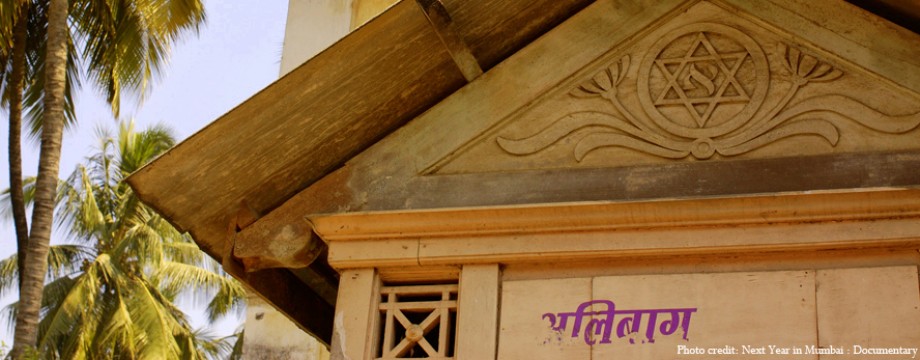
These two works provide richly illustrated descriptions of the varied and fascinating history of India’s extremely small Jewish populations. Both merely give a cursory mention to the two groups with the longest histories, the Bnei Israel and the Jews of Cochin. Kenneth X. Robbins and Marvin Tokayer’s book Western Jews in India focuses on the diverse contributions of Western Jews, the majority of whom were sojourners or made contributions without really living in India for long periods. They were mostly dispersed and did not form long-term communities, and they either assimilated or converted to Christianity, Islam, or Hinduism. Refugees from the Spanish and Portuguese expulsions were among the first. The role of Jewish soldiers and officials from the British Empire in India is described in Western Jews in India. Three Jewish architects (Lewis Kahn, Moshe Safdie, and Sidney Epstein) created notable structures in the subcontinent recently. Many photographs from Dr. Robbins’ extensive collection are included in the book, and he penned the majority of the individual essays.
The Baghdadis who arrived in the nineteenth century and prospered in trading and the emerging textile industry are described in Shaul Sapir’s book Bombay: Exploring the Jewish Urban Heritage. The majority of them lived in modern-day Mumbai. Sapir contains information and photos on a variety of communal institutions, with a focus on the constructed environment rather than the culture, customs, and lifestyles of the people who work there. Several families, most notably the Sassons, pioneered and established a wide range of communal institutions, which are recounted and illustrated in the book.
